Recreatief
41.5 km
Experience Drenthe from on high by climbing the watchtower on the Poolshoogte hill in the forestry of Odoorn. You can go on an expedition in UNESCO Geopark De Hondsrug. Did you know that there are no fewer than 52 dolmens in Drenthe? You come across the most impressive ones on the De Hondsrug-Hunzevallei route. For a fascinating closer look at the history of these dolmens, dismount at the Dolmen Centre in Borger.
Borger is the departure point of this 41.5-kilometre-long cycling rou…
Experience Drenthe from on high by climbing the watchtower on the Poolshoogte hill in the forestry of Odoorn. You can go on an expedition in UNESCO Geopark De Hondsrug. Did you know that there are no fewer than 52 dolmens in Drenthe? You come across the most impressive ones on the De Hondsrug-Hunzevallei route. For a fascinating closer look at the history of these dolmens, dismount at the Dolmen Centre in Borger.
Borger is the departure point of this 41.5-kilometre-long cycling route. The largest dolmen in the Netherlands is in Borger. It will always remain fascinating to think that people five thousand years ago were able to use such large boulders to build their graves. Enjoy a cup of coffee or tea in Borger’s Hoofdstraat; then, continue your cycling route at the “dolmen centre” (Hunebedcentrum)—the perfect place to get to know everything there is to know about dolmens in the Netherlands.
The route starts in Borger by the Hunebedcentrum (“dolmen centre”). There is usually plenty of parking place in the car park along Hunebedstraat.
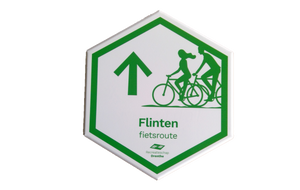

Waypoint bike 41
Borger
Navigate to starting point
Borger
Navigate to starting point
The Hunebedcentrum in Borger on the Hondsrug sand ridge of Drenthe takes you back to prehistoric times when the first farmers settled in Drenthe
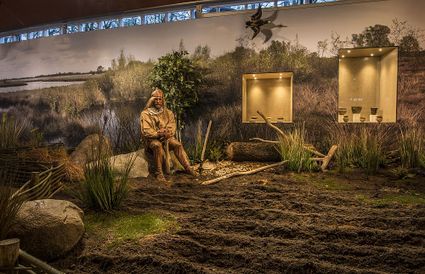
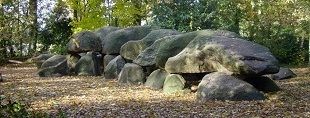


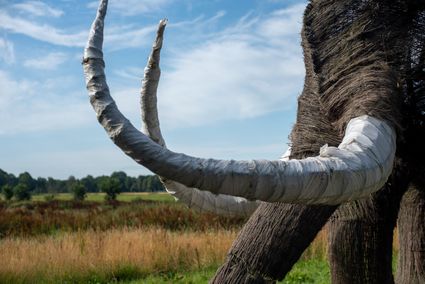


This is a special dolmen located between Exloo and Valthe. The existence of this dolmen is not very well known and it is not well cared for.
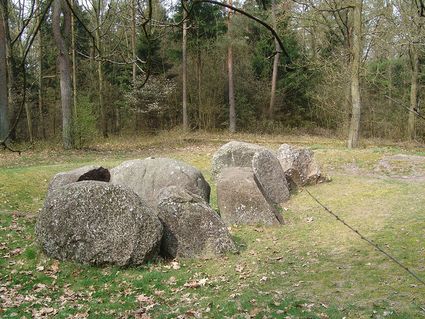

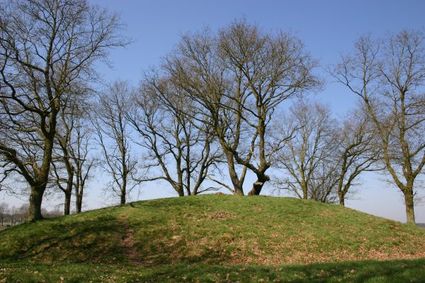
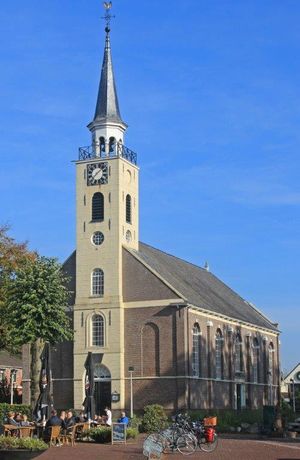
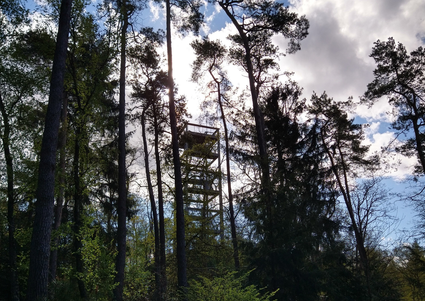
This dolmen stands at an intersection of forest paths. It was excavated in 1918 by the Groningen archaeologist Van Giffen. He found fragments of pottery outside the dolmen, a sign that people here used to make sacrifices or have meals for the dead.
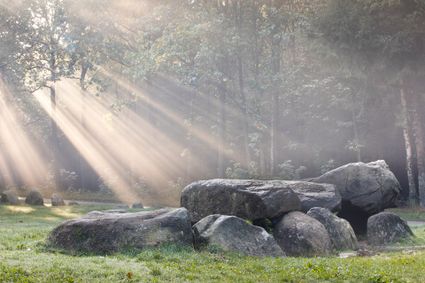
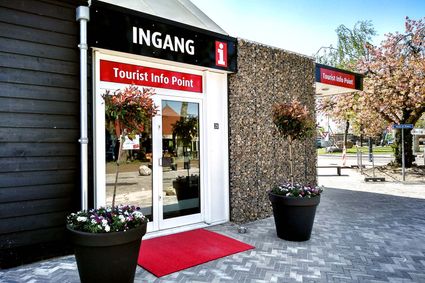

Drouwenerzand is the most affordable amusement park in Europe! NEW in 2018 is the spectacular attraction Freak Out.
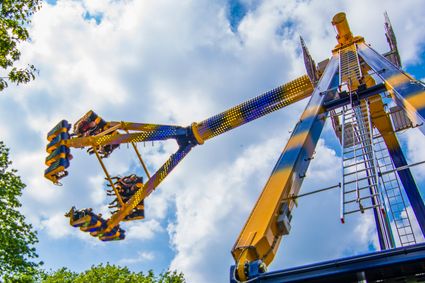
At the village of Bronneger north of Borger you can find no less than five dolmens. Dolmen D21 is the most beautiful dolmen of the five because it is very complete and because most archaeological finds have been made.
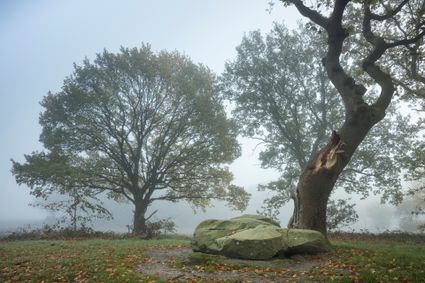
There are two places where you can find three dolmens together, Emmen and Bronneger. These dolmens form a triangle, although this is no longer clearly visible because of the vegetation around the dolmens.
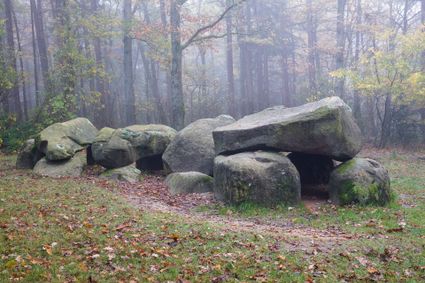
Waypoint bike 41
Borger
Navigate to endpoint
Waypoint bike 41
Borger
Navigate to starting point
Waypoint bike 41
Borger
Navigate to endpoint